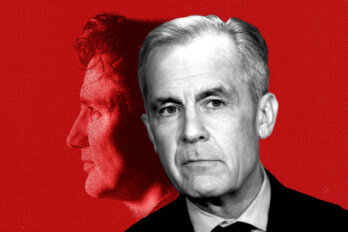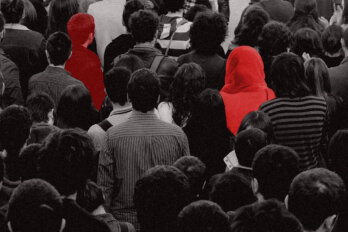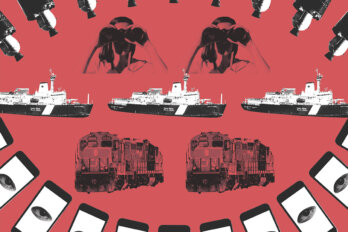CURRENT AFFAIRS / JANUARY/FEBRUARY 2025
Should the Arctic Really Brace for an Invasion from China or Russia?
The people who live there would rather see more housing and maybe some dentists
WORDS AND PHOTOS BY PAT KANE
Published 6:30, NOVEMBER 20, 2024

In September 1953, a handful of Inuit families from Inukjuak, Quebec, and Pond Inlet, which was then part of the Northwest Territories and is now in Nunavut, stepped off the icebreaker CCGS d’Iberville at Resolute Bay, or Qausuittuq, which translates to “place of darkness” in Inuktitut. In exchange for relocating, the Canadian government had promised the families housing, plentiful wildlife to harvest, and an option to return home after two years. Instead, they were left on a barren landscape to live in canvas tents among a dwindling caribou herd. The government reneged on its offer to pay for some families’ return to Inukjuak, up to 2,000 kilometres south.
Unbeknownst to them, the families were the first Inuit to be used as pawns in the geopolitical chess match we call Arctic sovereignty. They were forced to settle the High Arctic islands so that Canada could claim the territory in the face of Cold War military threats from the Soviet Union and possible land and water disputes with the United States.
Seventy-one years later, Resolute Bay has grown from a small encampment to a hamlet of roughly 200 residents. Dirt roads weave between houses and government buildings. Polar bear hides are strung up to dry on frames behind homes, and aluminum boats line the shore. Most people work at the airport, grocery store, school, or hamlet office—jobs that simply keep the community functioning—while a few work as ecotourism and hunting guides. Arctic researchers often make their way into the community, from their accommodations near the airport, to seek out a one-of-a-kind carving or other souvenirs.
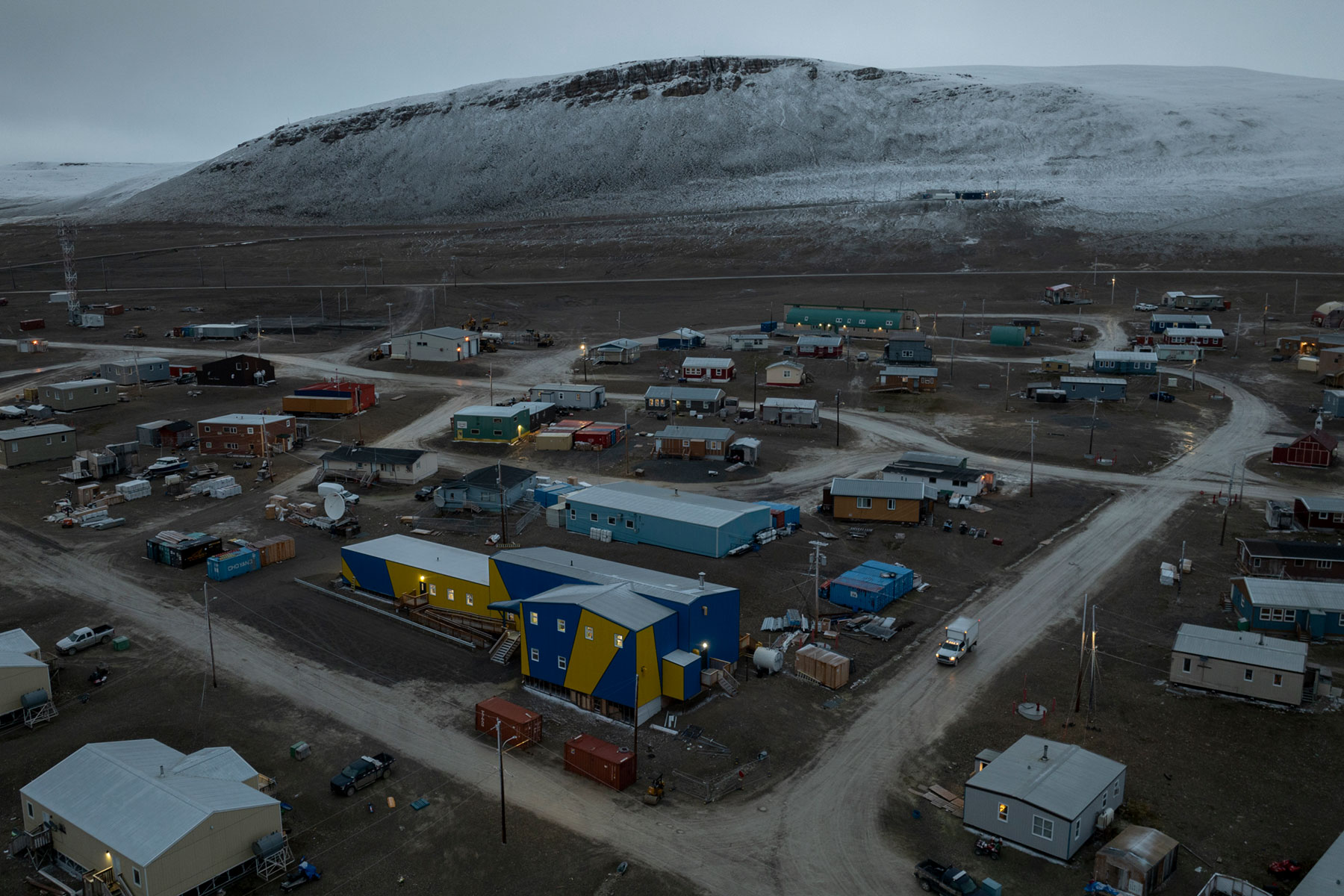
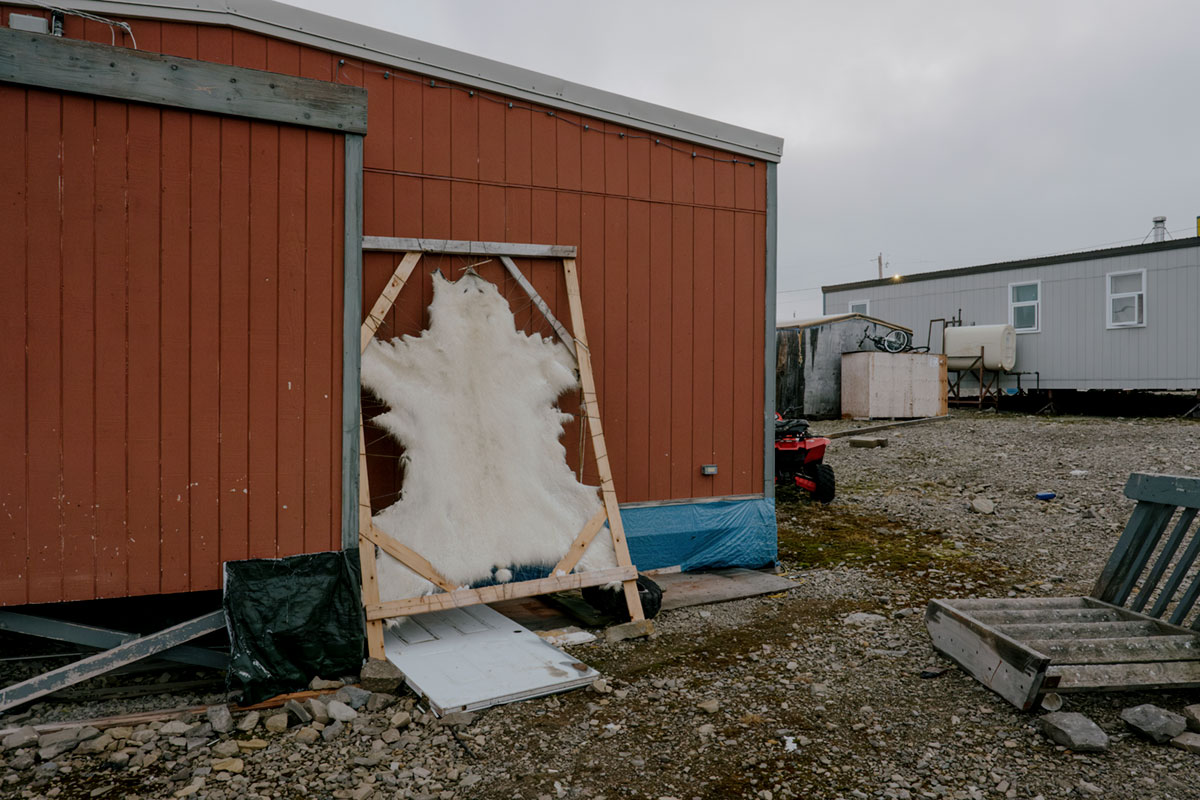
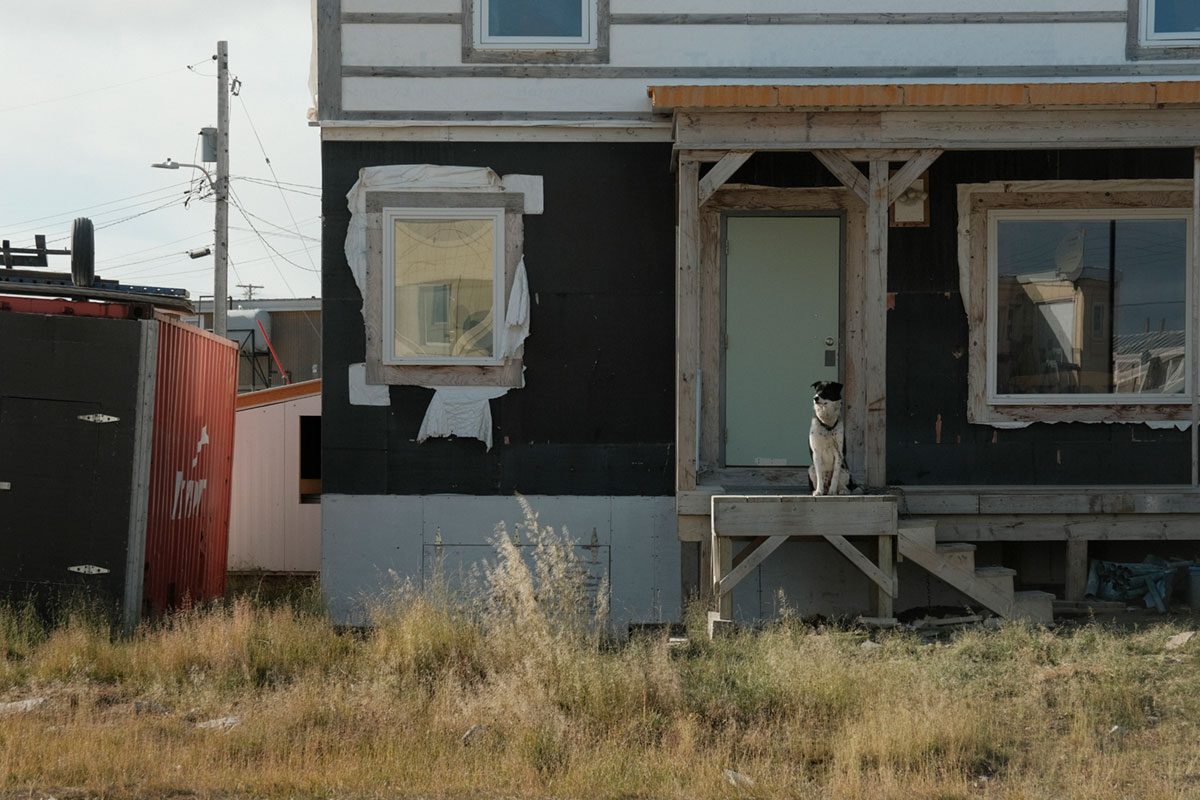
But fears of foreign aggression and sovereignty concerns over the land around Resolute are again top of mind, at least for the Department of National Defence. Russia continues its invasion of Ukraine and provokes members of the North Atlantic Treaty Organization (NATO), while China—which designated itself a “near-Arctic state” in 2018 in an attempt to justify its access to natural resources—develops technology to manoeuvre through Northern waters. This past September, Resolute and Cambridge Bay hosted Operation Nanook-Nunakput, a large military operation to train for search and rescue missions in the High Arctic, surveil the Northwest Passage, and prepare for an unlikely, but possible, invasion.
Operation Nanook-Nunakput grew out of a nearly two-decade-old campaign of military showmanship. In 2006, I covered Operation Nunalivut and Operation Lancaster, two of the first modern comprehensive military training missions in the Arctic. The operations included the Canadian Army, Navy, Air Force, Rangers, intergovernmental departments, and allies. Working as a staff photographer for a Yellowknife-based magazine, I sailed from Iqaluit to Pond Inlet aboard the frigate HMCS Montréal. I flew over glaciers, in a Bell CH-146 Griffon helicopter, to remote outposts. I watched the Canadian Rangers speed into Resolute on snowmobiles with maple leaf flags trailing behind them.
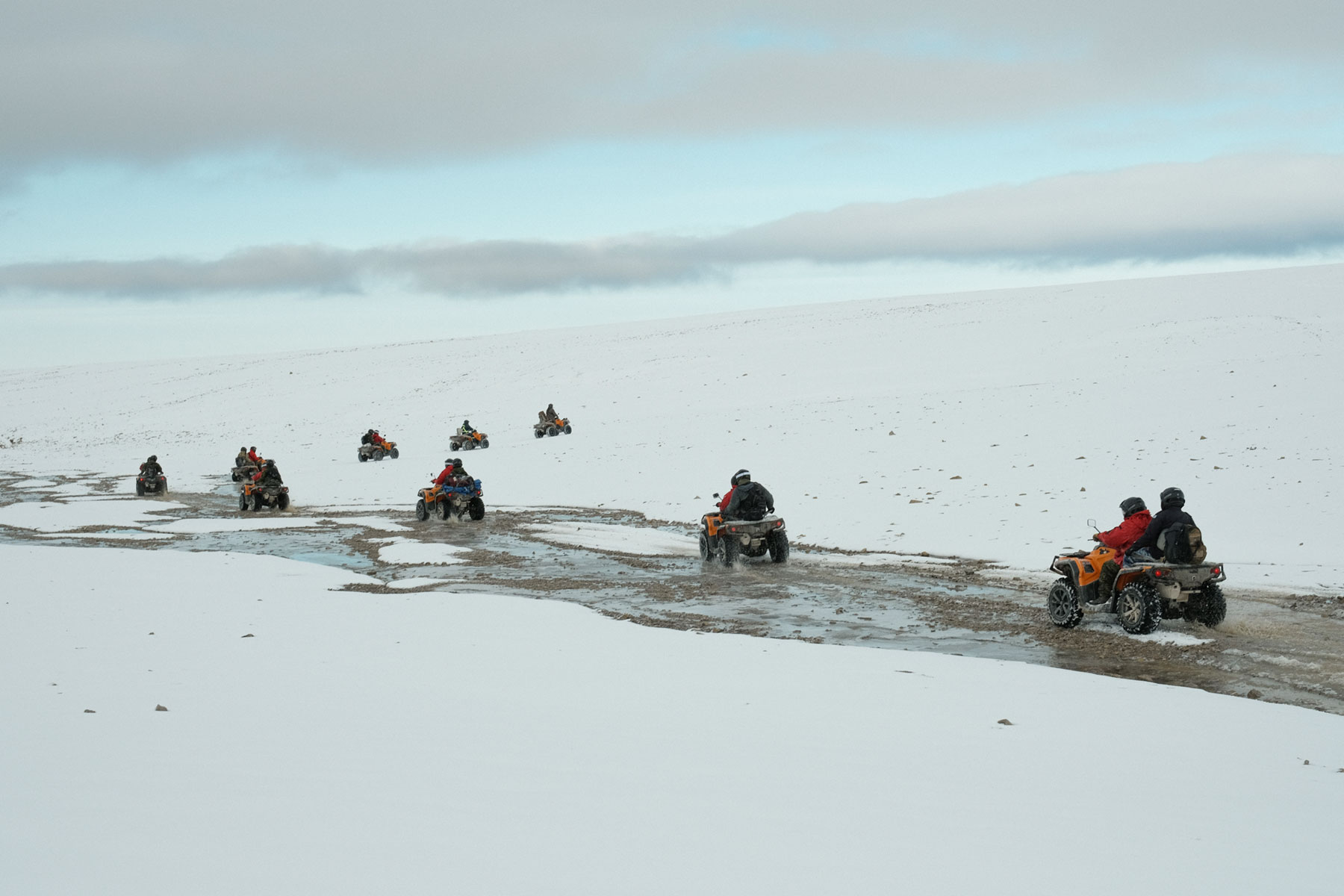
If the goal then was to create an illusion of military strength, those earliest operations succeeded. They generated a media blitz across Canada and the US and turned Arctic sovereignty into a buzzword.
In 2024, Canada’s military work in the Arctic looks a little different. Operation Nunalivut has morphed into Operation Nanook. That, in turn, has evolved from a single annual event into four separate deployments—of which Operation Nanook-Nunakput is one—in different parts of the Arctic every year. The media spectacles have become more of a passing curiosity. And it’s getting harder to tell who, or what, the show is for.
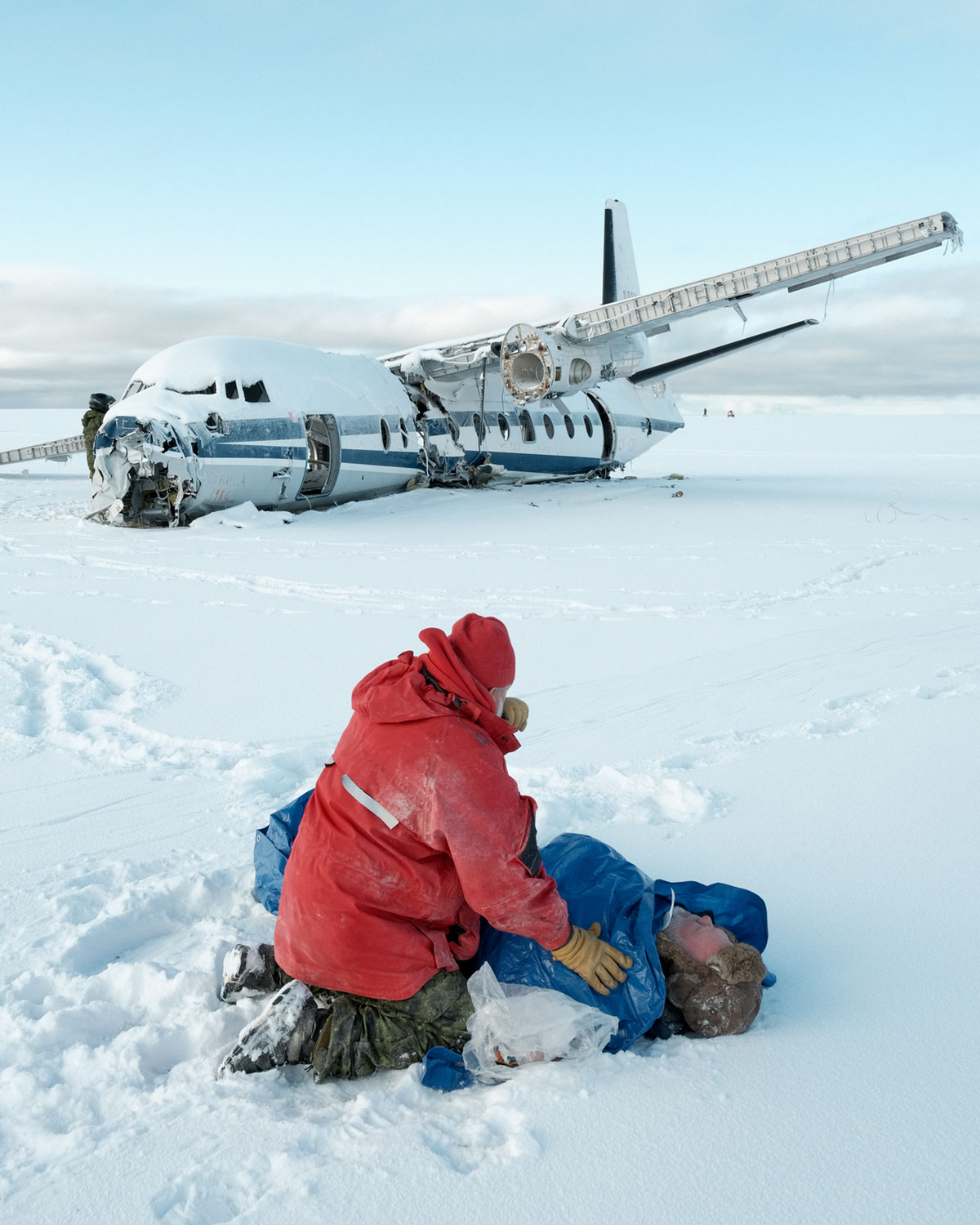
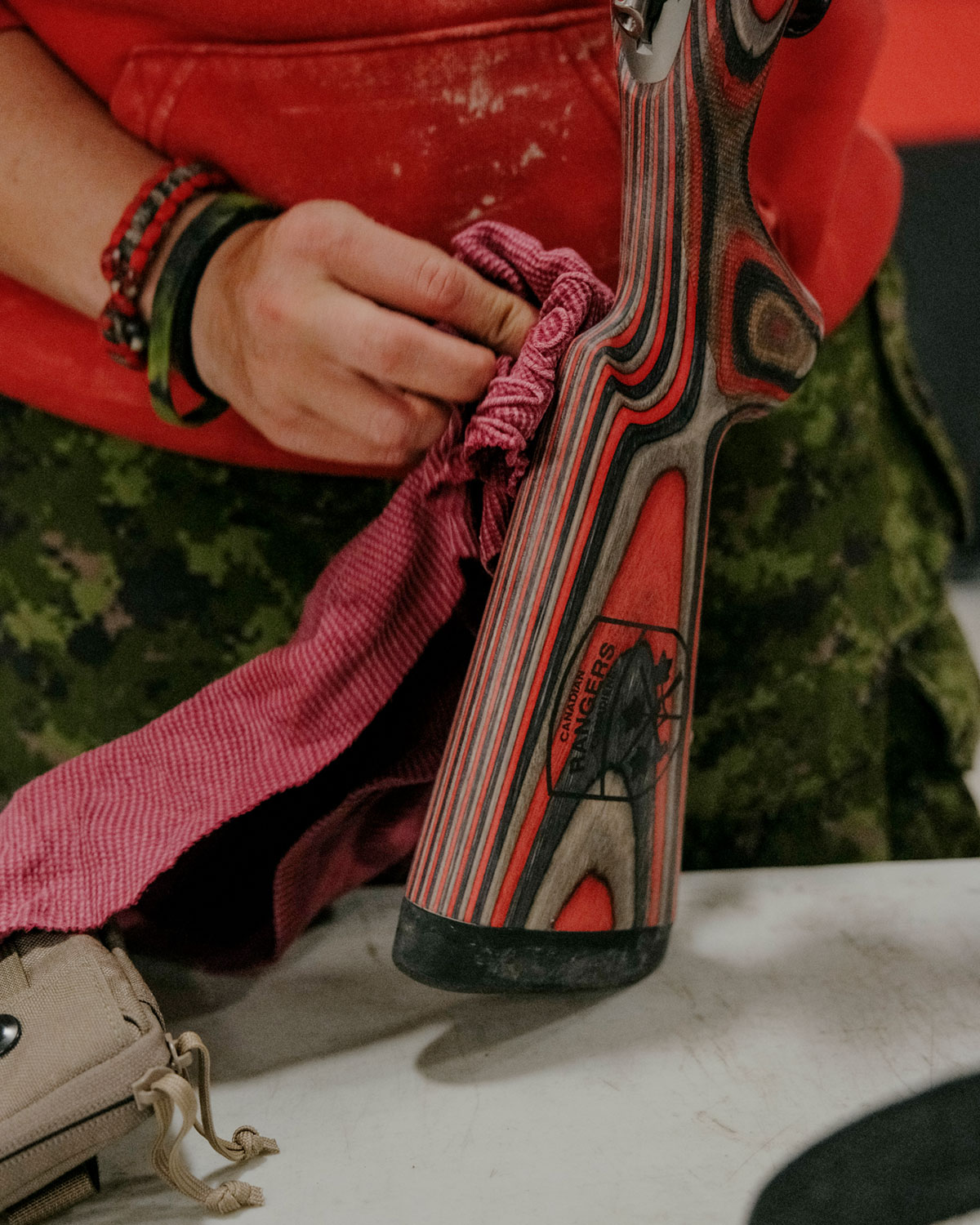
On my second day covering this year’s Operation Nanook-Nunakput tour, I’m standing next to a plane that crashed in 1968. I watch Clifford Evans, a Ranger from Carcross, Yukon, wrap Corporal Carl Lemieux in a blue tarp to keep him from freezing. Lemieux is okay; he’s just acting as though he’s injured. The scene is part of an Operation Nanook-Nunakput training exercise to coordinate roles between the Rangers, the Royal Canadian Mounted Police, and the Canadian Armed Forces during an emergency. If someone is severely injured this far north and no civilian medevac aircraft is able to reach them and bring them to a suitable hospital, they would need medical transport by the air force—a scenario that would take several hours. And that’s assuming the weather is good enough to fly in.
By late afternoon, I’m 700 kilometres south, in Cambridge Bay, wearing an ill-fitting dry suit and flying over the Northwest Passage in a Chinook helicopter, headed to Qikiqtaryuaq. Formerly known as Jenny Lind Island, it’s the site of two of the dozen makeshift observation posts across the whole operation. There, soldiers test communication equipment and monitor the water. Twin Otter pilots from Yellowknife’s 440 Squadron fly spotters over the waterway to scout for unknown vessels, wildlife, search and rescue situations, and even spy equipment, and relay information to ground crews. (I witnessed an earnest debrief about recent finds: a group of Polish tourists sailing home and a buoy used by local fishers.)
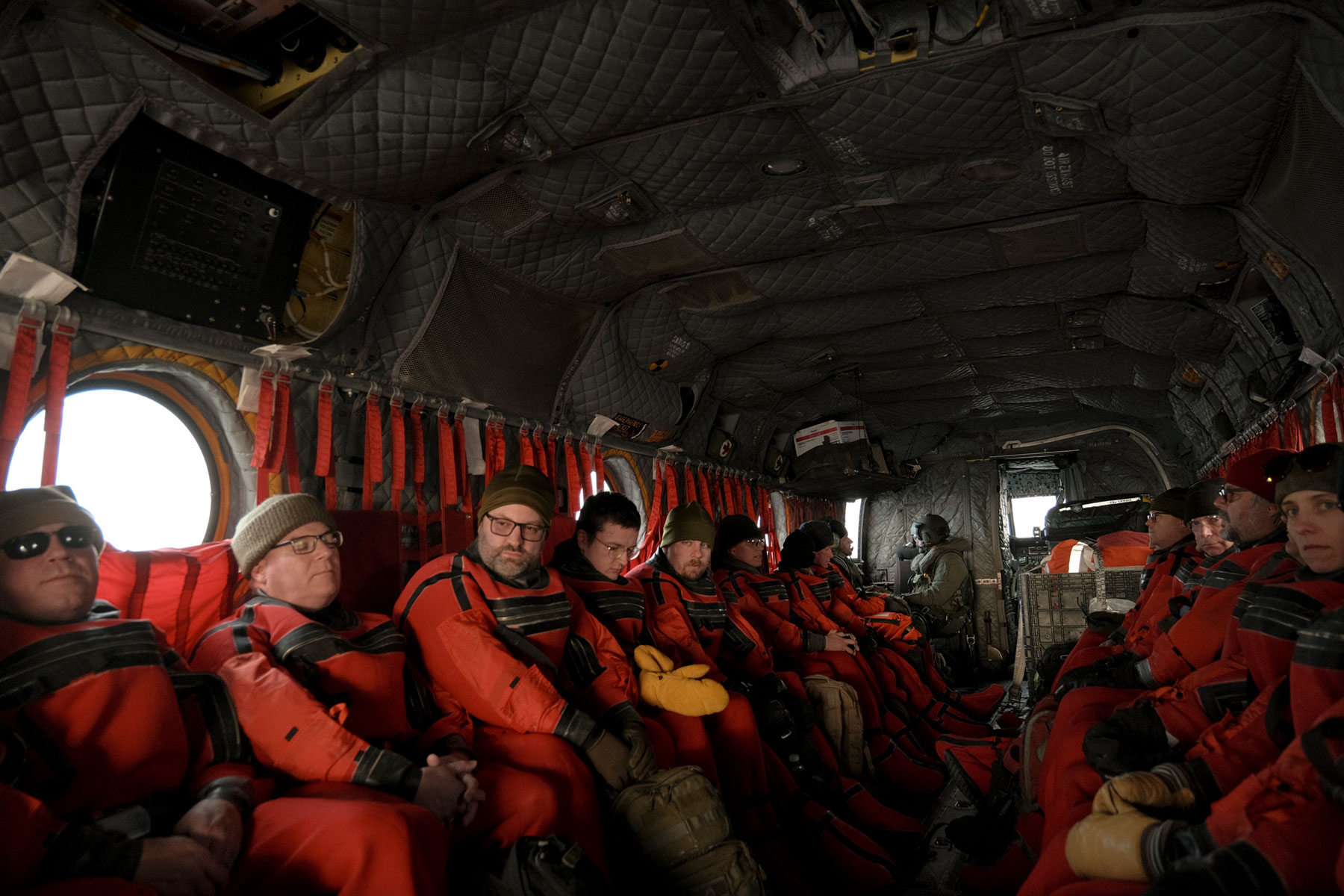
At Qikiqtaryuaq, we eat dinner out of individual meal packs. I think about what Paul Iblauk, a Canadian Ranger, said to me earlier that day while he was cleaning his rifle in Resolute: his favourite part of the job is going out on the land for ten days, getting exercise, and breathing fresh air. I notice soldiers, most of whom have never been this far north, taking pictures and looking quietly out over the ocean. I imagine they feel the same way.
In Cambridge Bay, personnel are housed in a Quonset next to the Canadian High Arctic Research Station, which is a little ways out of town. The Canadian Armed Forces Arctic Training Centre is over six kilometres from Resolute Bay, and soldiers don’t go into the hamlet unless they have to, or they’re part of an organized field trip. This separation, I’m told, is by design, so that soldiers do not become a burden on communities and use the food and supplies that locals need.
This is fair. I can’t, however, get over the thought of how un-Northern this feels. Shaking hands, talking with people, eating country food, and exchanging ideas is the way of First Nations and Inuit. When I speak with Dan Rivière, brigadier general and commander of Joint Task Force North, the military body that oversees CAF operations in the Arctic, he tells me that many of the soldiers at Operation Nanook-Nunakput are quite green and that being in Nunavut is really their first deployment anywhere. It’s no wonder—as a result of policy and the reality that many soldiers have never been here before—that Northerners feel left out of the conversation when it comes to Arctic sovereignty.

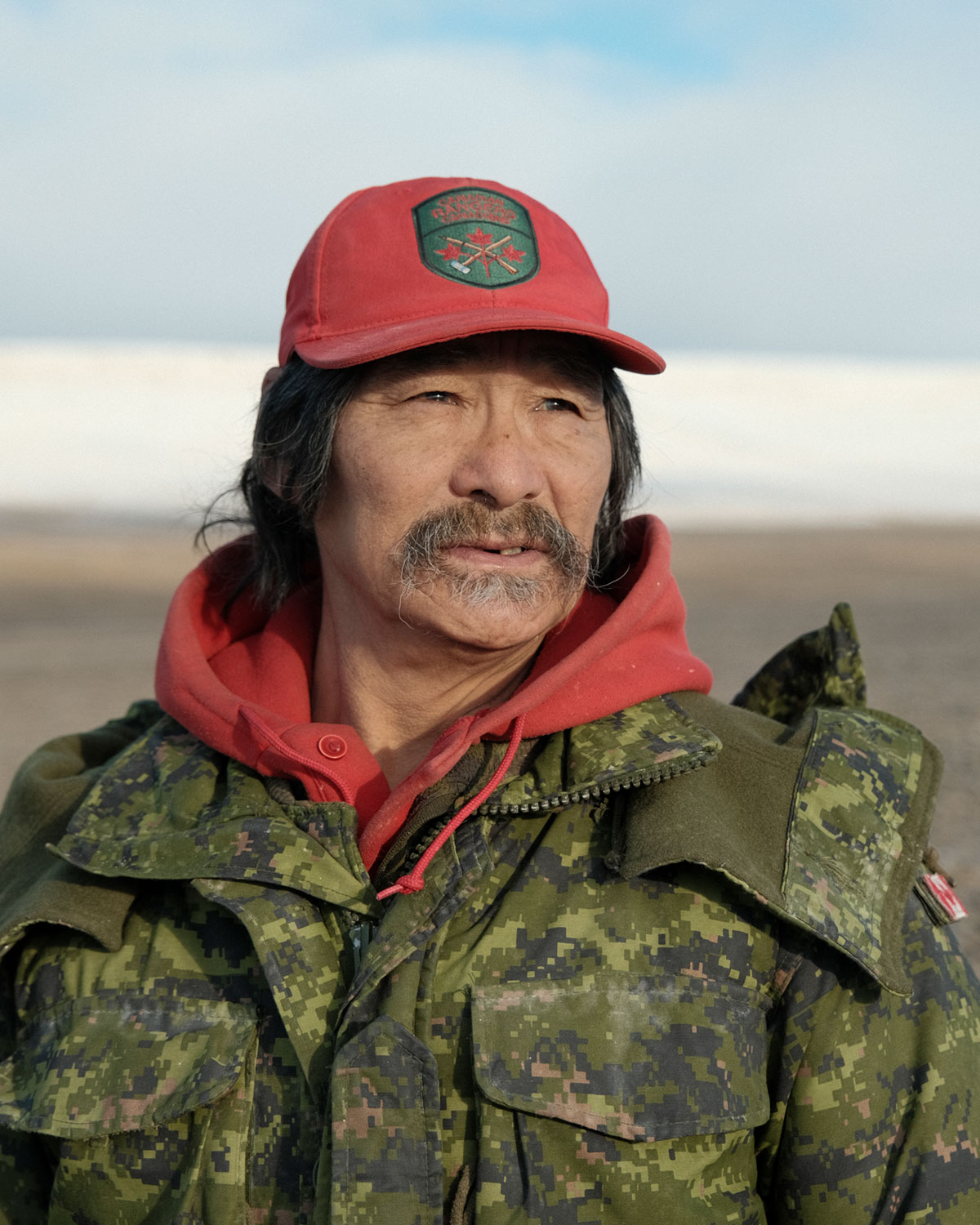
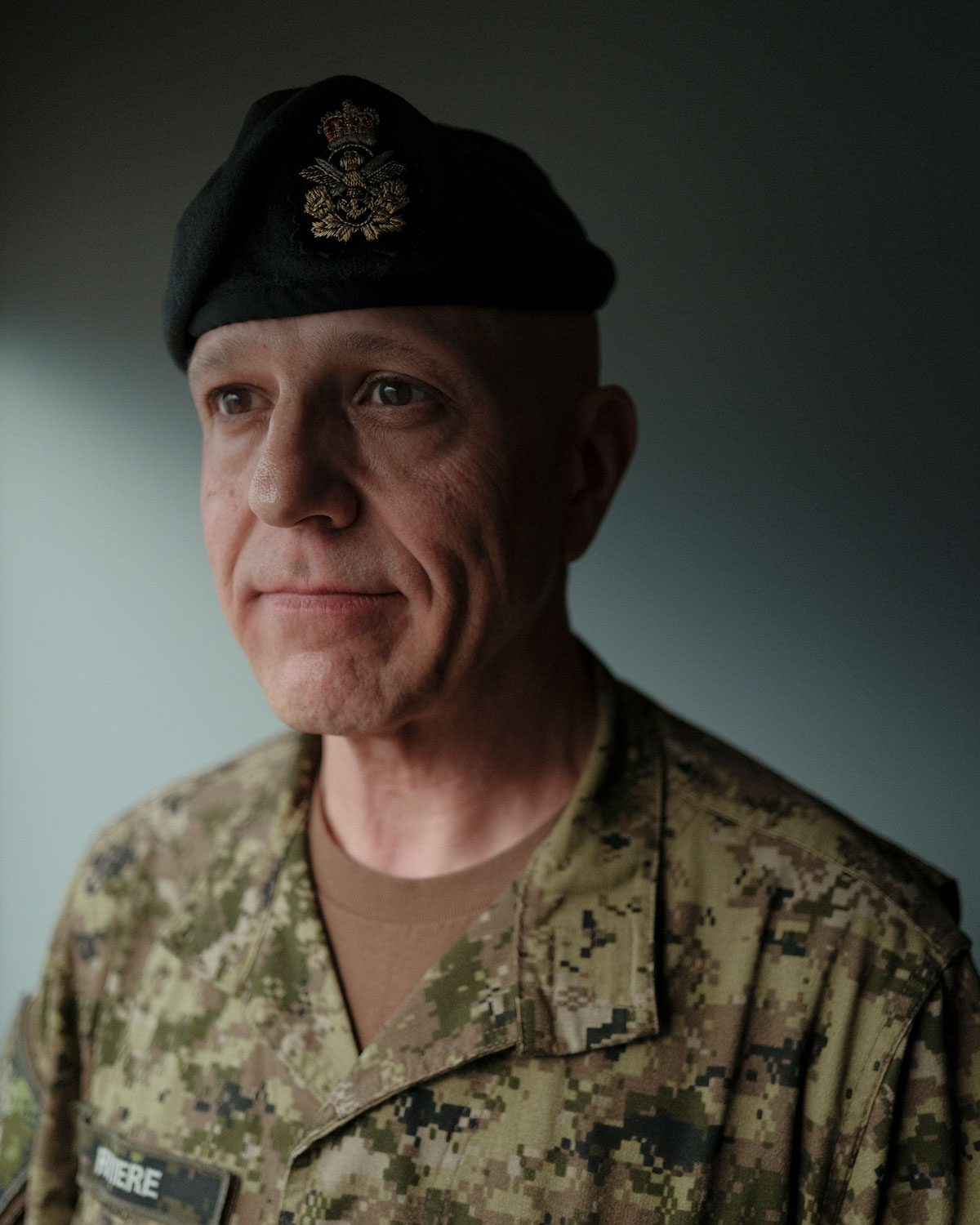
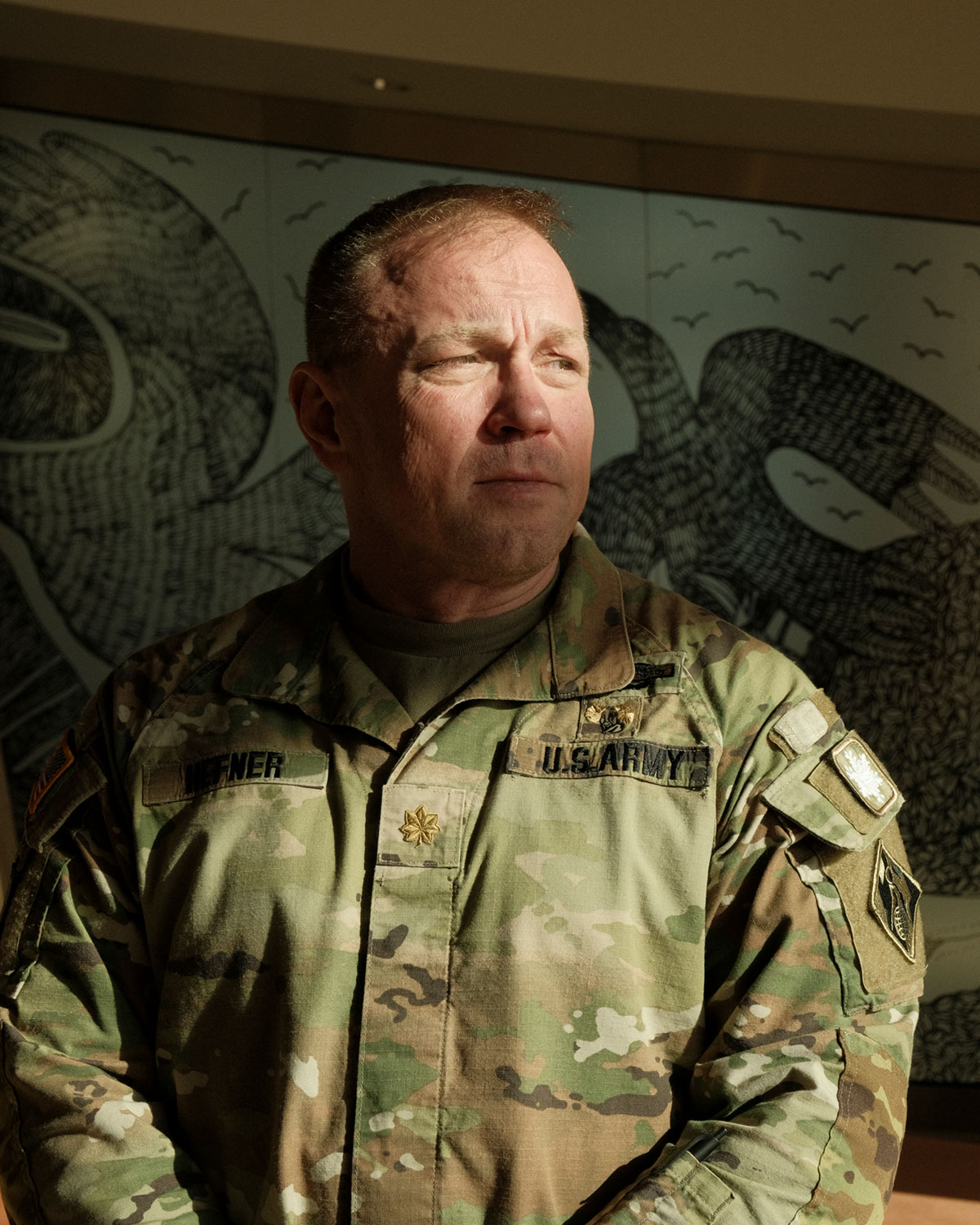
For those who live above the sixtieth parallel, sovereignty means getting paved roads, good housing, reliable internet, affordable food, and access to health care. It also means having the ability to practise one’s culture and be part of the decision making on issues about the environment and the economy. To this end, sovereignty is having the means to fix the everyday problems of Northern communities while being supported as stewards of their homelands.
Lucy Kuptana is an Inuvialuit member of the legislative assembly for the NWT riding of Nunakput, which includes four communities situated along the Arctic coastline and the western edge of the Northwest Passage. She says it’s a beautifully stark region, where many people still harvest their food from the land and water, but it’s also a place where they don’t have the same quality of services and government support as the rest of the country does.
“When I go into the communities, I see people who are resilient, who struggle, who don’t have the basic services but manage,” she says. “We need better health care, especially dental care, which has gotten really bad, and some people are living in shacks because they can’t get a home. I mean, we live in the Arctic here—we can’t be homeless.”
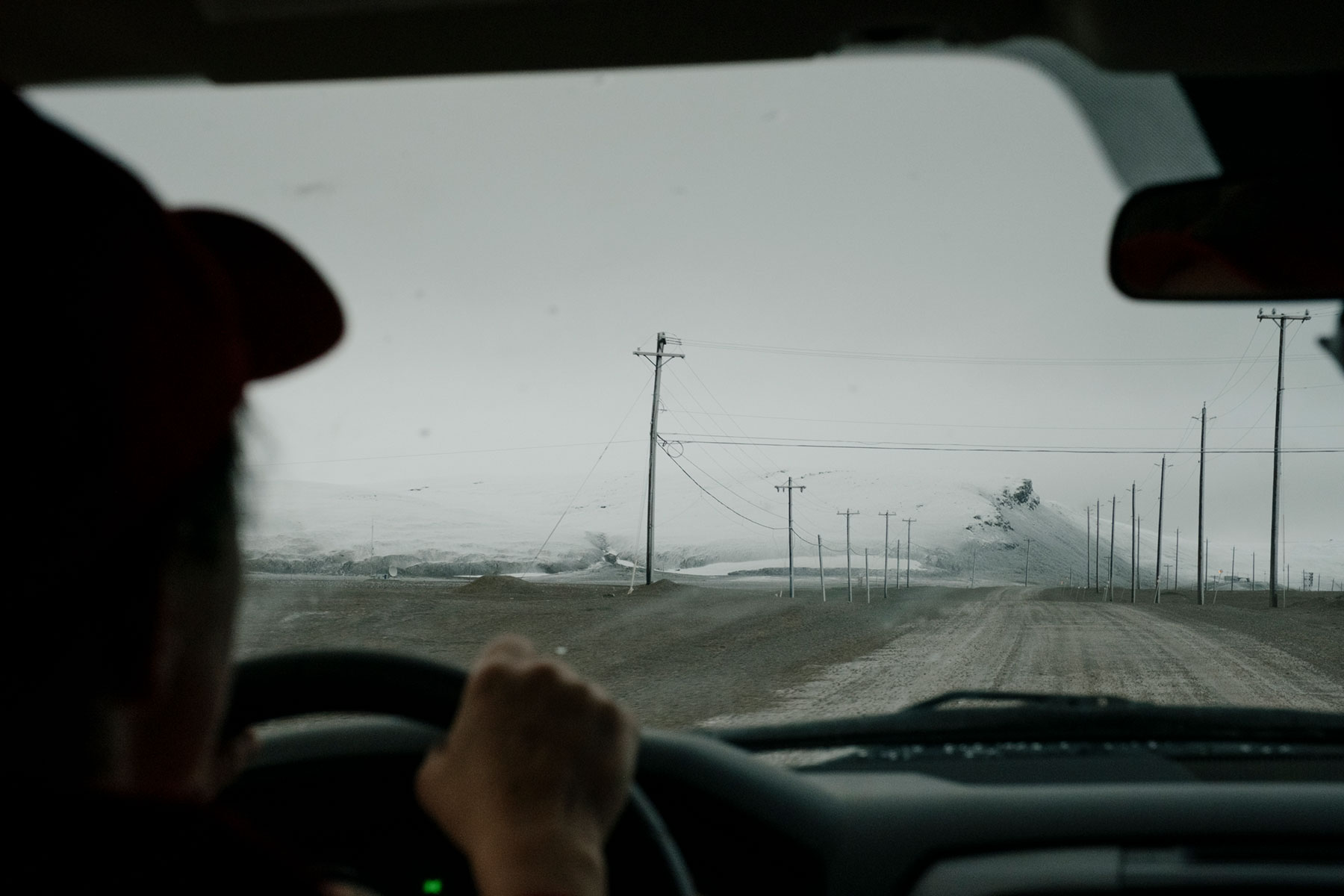
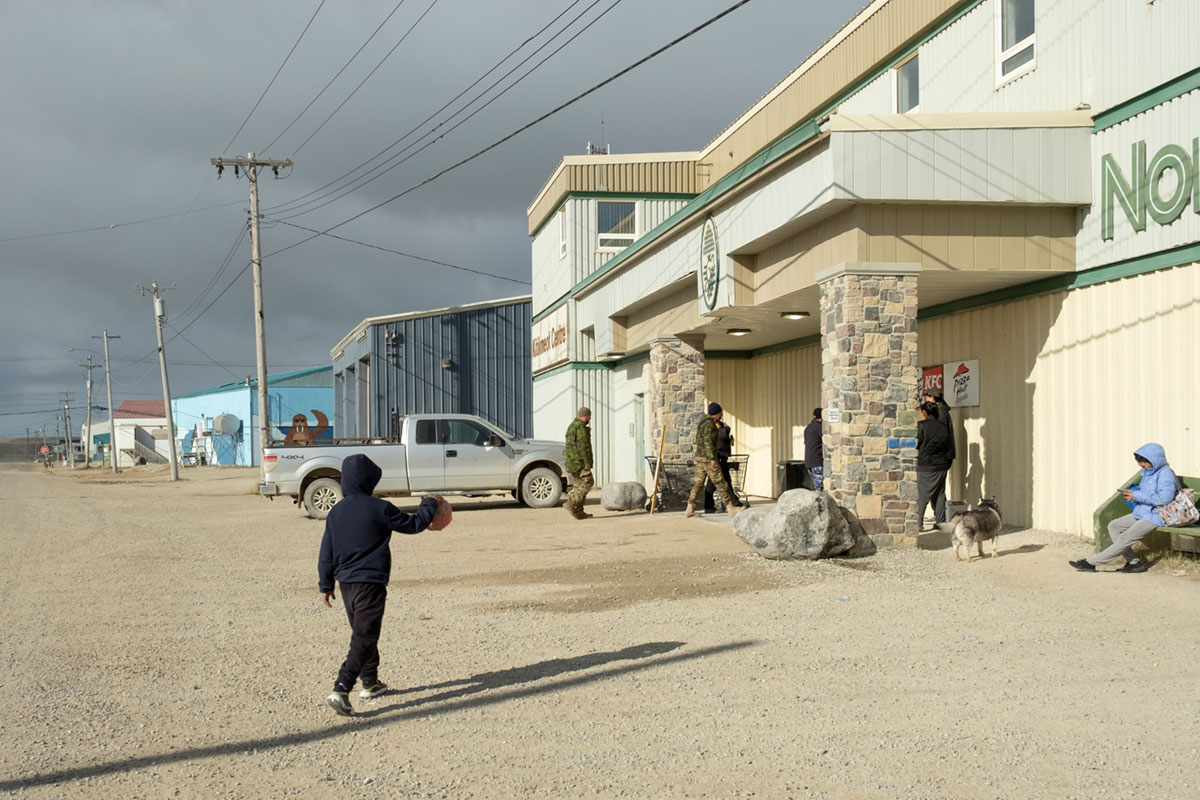
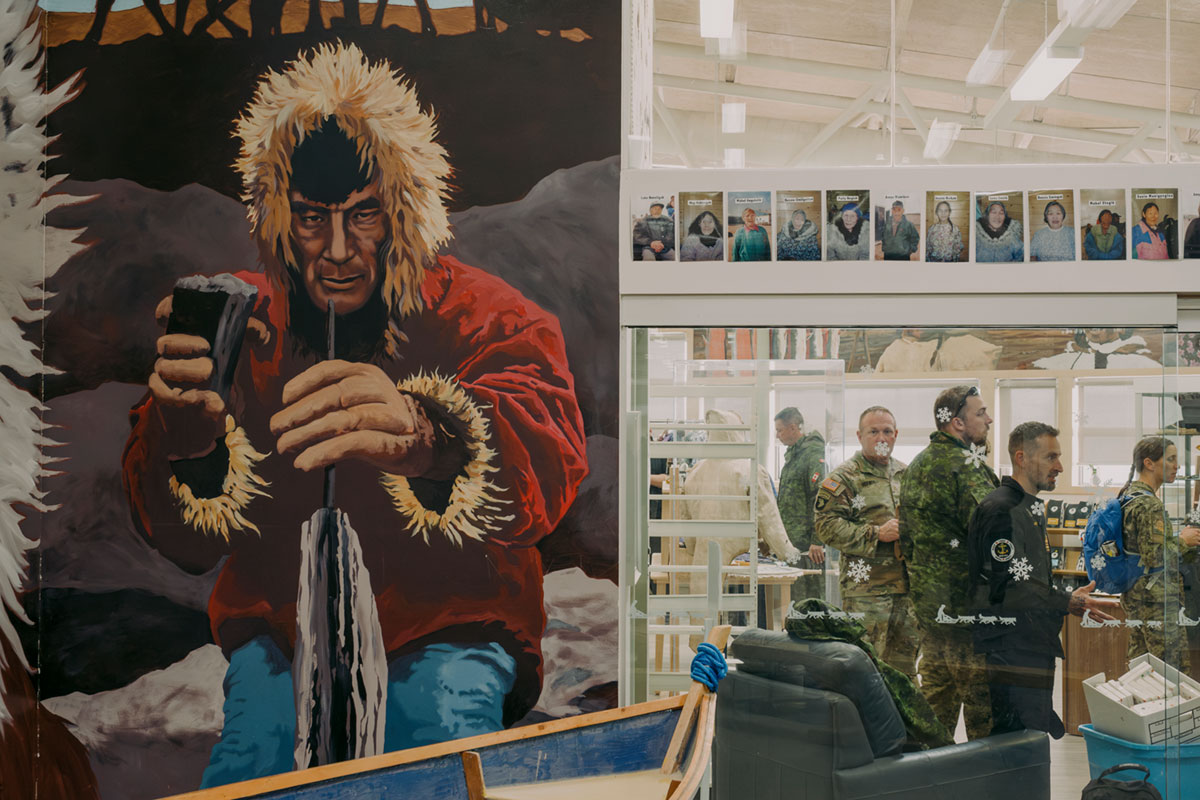
Kuptana says investment in education also needs to be prioritized. In the 2024 federal budget, $5.2 million was set aside for the Dechinta Centre for Research and Learning, a school that offers land-based post-secondary education for Northern students, over the next two years. By comparison, the projected spending for this year’s Operation Nanook-Nunakput is nearly $5.1 million.
In August, Defence Minister Bill Blair announced $8 billion in national defence spending over the next five years and over $70 billion in the next twenty years. About $218 million of that is earmarked for “multi-use infrastructure” in a handful of “support hubs” across the North over the next two decades, $222 million for an Arctic satellite ground station, and $1.4 billion for sensors for ocean surveillance.
The announcement came on the heels of a public tongue lashing from NATO allies—specifically, the United States—about Canada not meeting the target of spending 2 percent of its gross domestic product on defence. Seizing on the idea of shaming the federal government into action, territorial leaders see an opportunity to get investments for regional infrastructure projects, arguing they are also national defence projects.
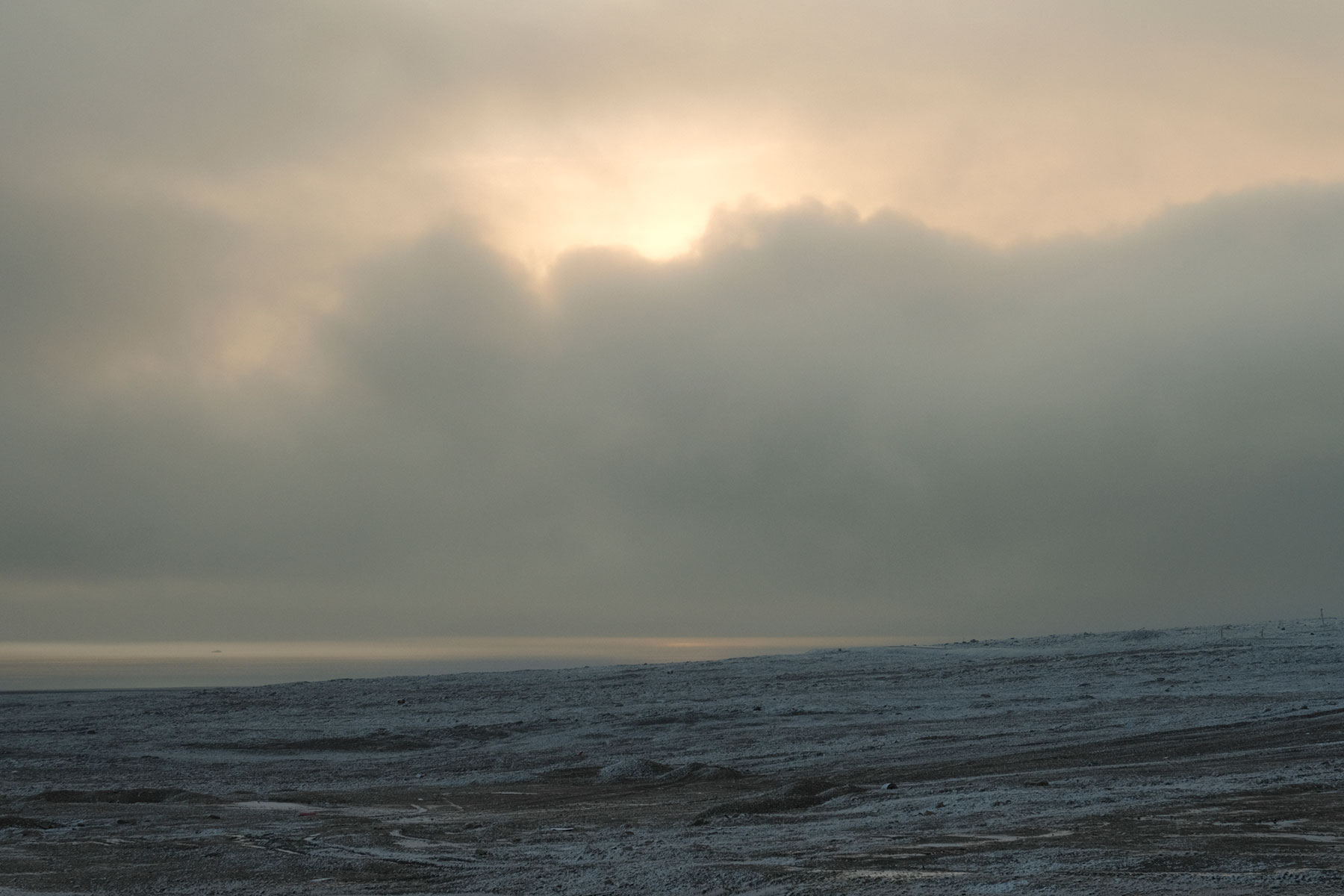
An example is the Mackenzie Valley Highway, which doesn’t exist yet. It has, however, existed in the imaginations of residents of the NWT for decades. In a perfect world, the road would run from Alberta, through the NWT, along the Mackenzie River, and up to Tuktoyaktuk, on the Arctic Ocean. NWT premier R. J. Simpson, after speaking at a meeting of premiers in July, said that a highway would not only lower the cost of living in small Northern communities but also support Canada’s military in defending the Arctic. The idea that the CAF can benefit from hyperlocal needs has been embraced by most Northern leaders. That includes Clarence Wood, former mayor of Inuvik, NWT, who put it more bluntly in an interview with Yellowknife media outlet Cabin Radio this past July: “It’s time the Canadian government got off its behind and gets serious about defence spending before we all have to learn Russian.”
For others, the discussion isn’t solely about defending the North from hypothetical invasions by foreign enemies. Kuptana says her constituents love living in their communities and want things that all Canadians want: regular doctor visits, proper housing, and community safety.
“And when we talk about Arctic sovereignty, we need to talk about people, we need to talk about communities, we need to talk about building them up, because they represent Canada,” she says. “They’re waving the Canadian flag, and they can be Canada’s greatest champions too.”
With thanks to the Gordon Foundation for supporting the work of writers from Canada’s North.
Correction, November 20, 2024: An earlier version of this article stated that Jenny Lind Island is now called Qikiqtarjuaq. In fact, Qikiqtarjuaq is a community on Baffin Island; the island formerly known as Jenny Lind is Qikiqtaryuaq. The Walrus regrets the error.

